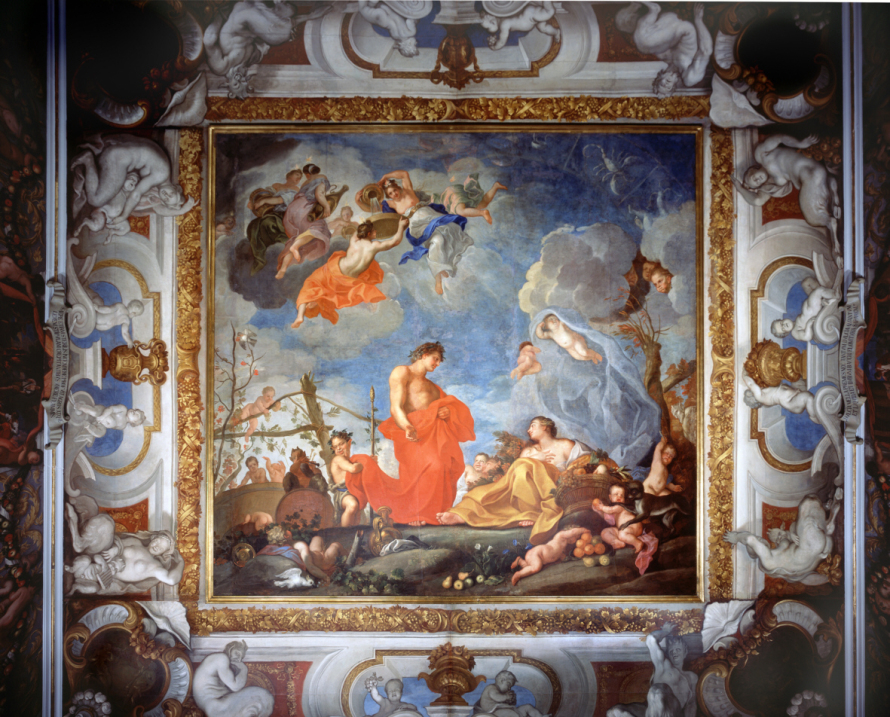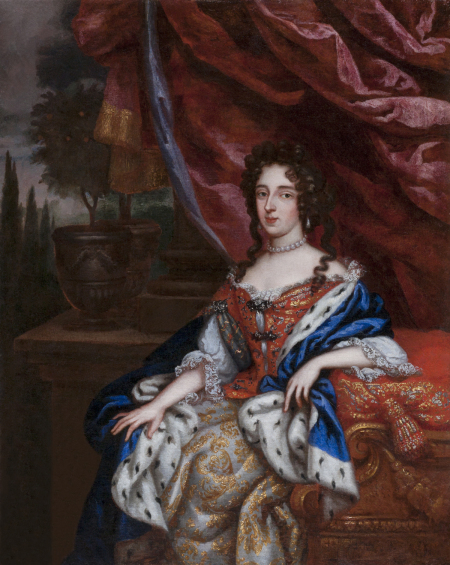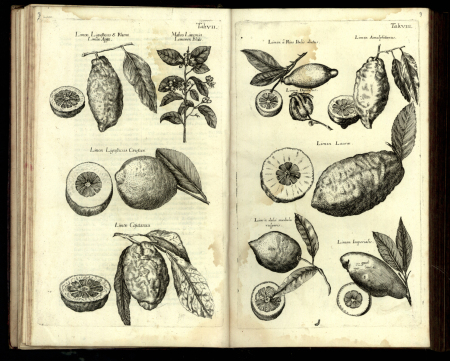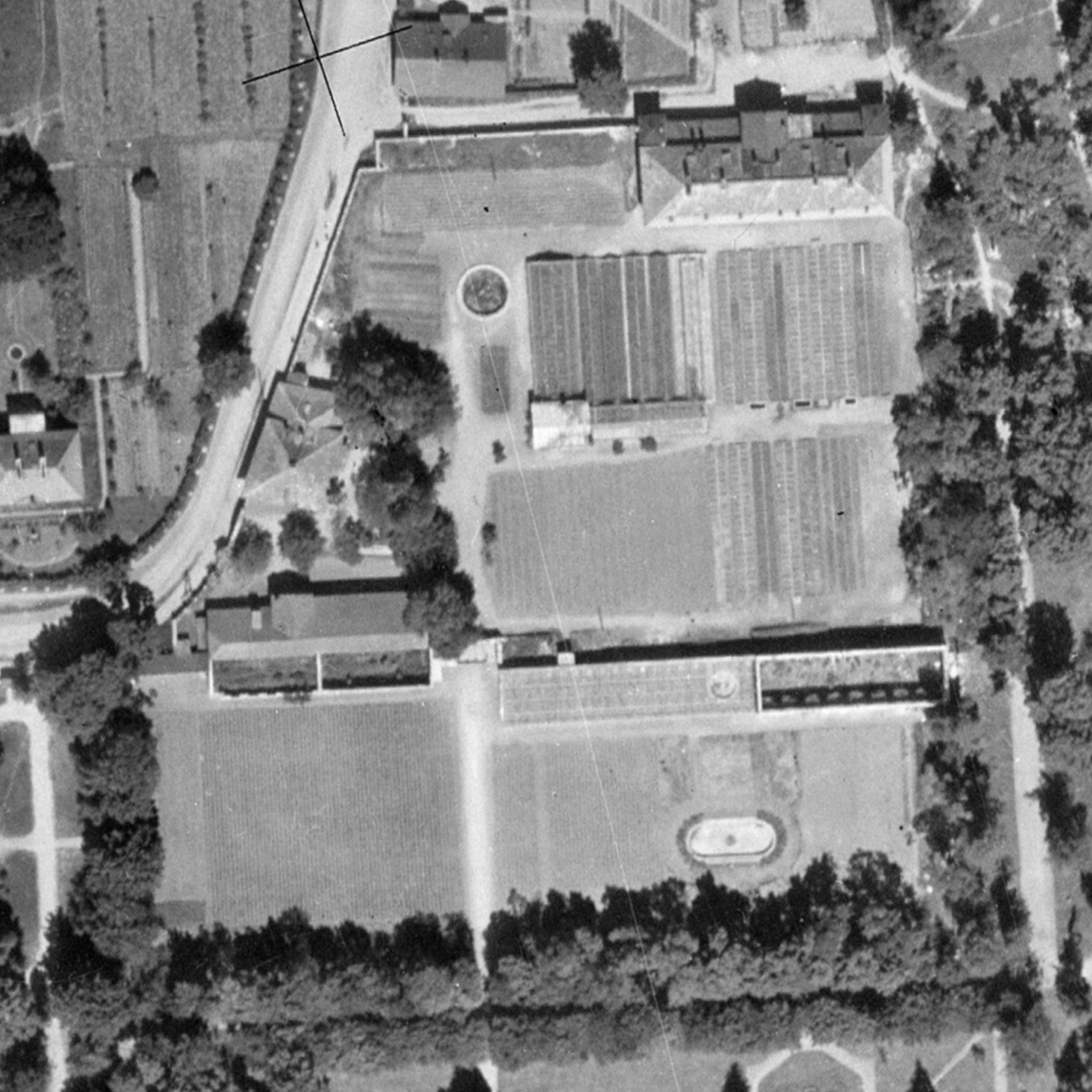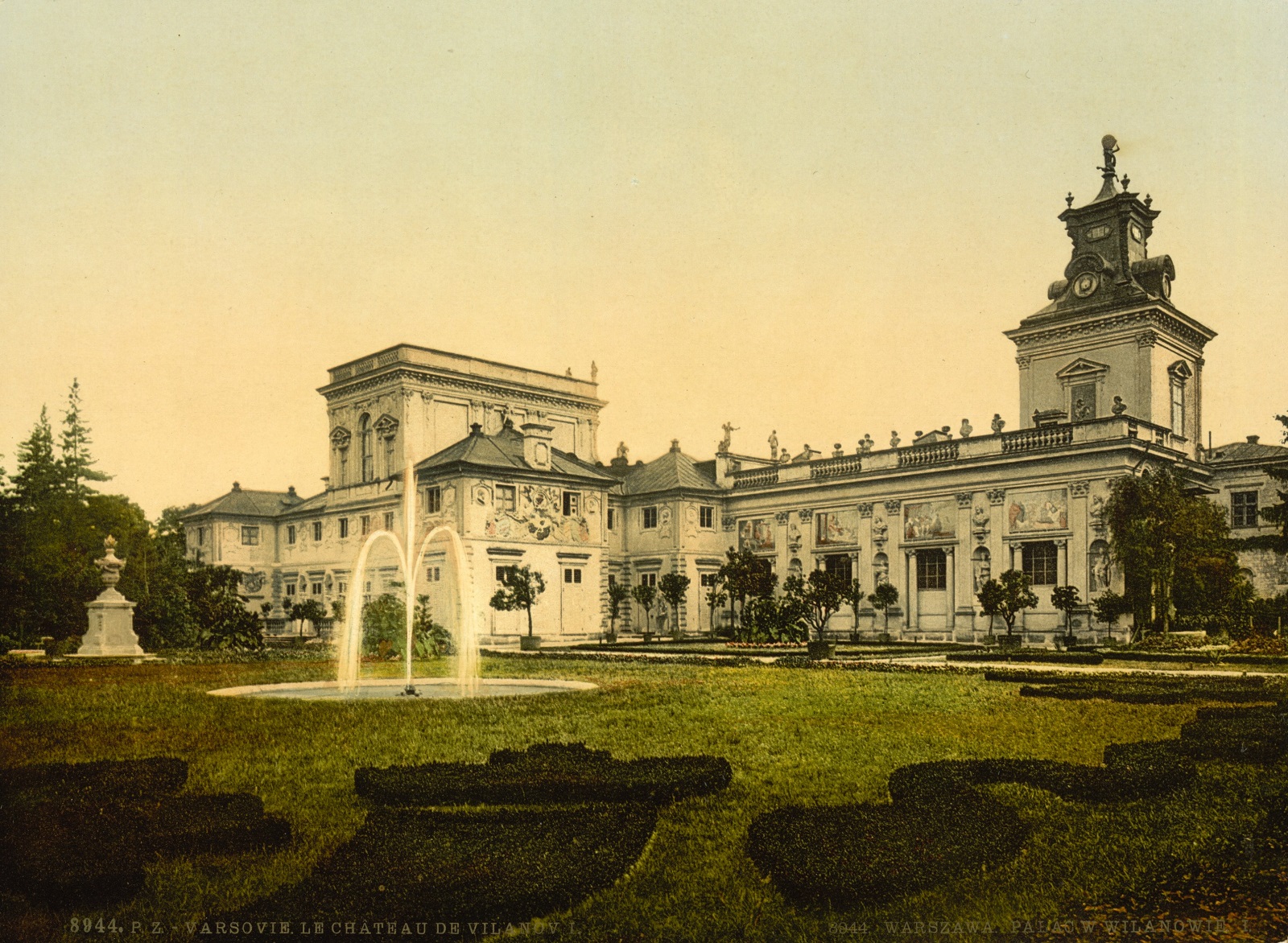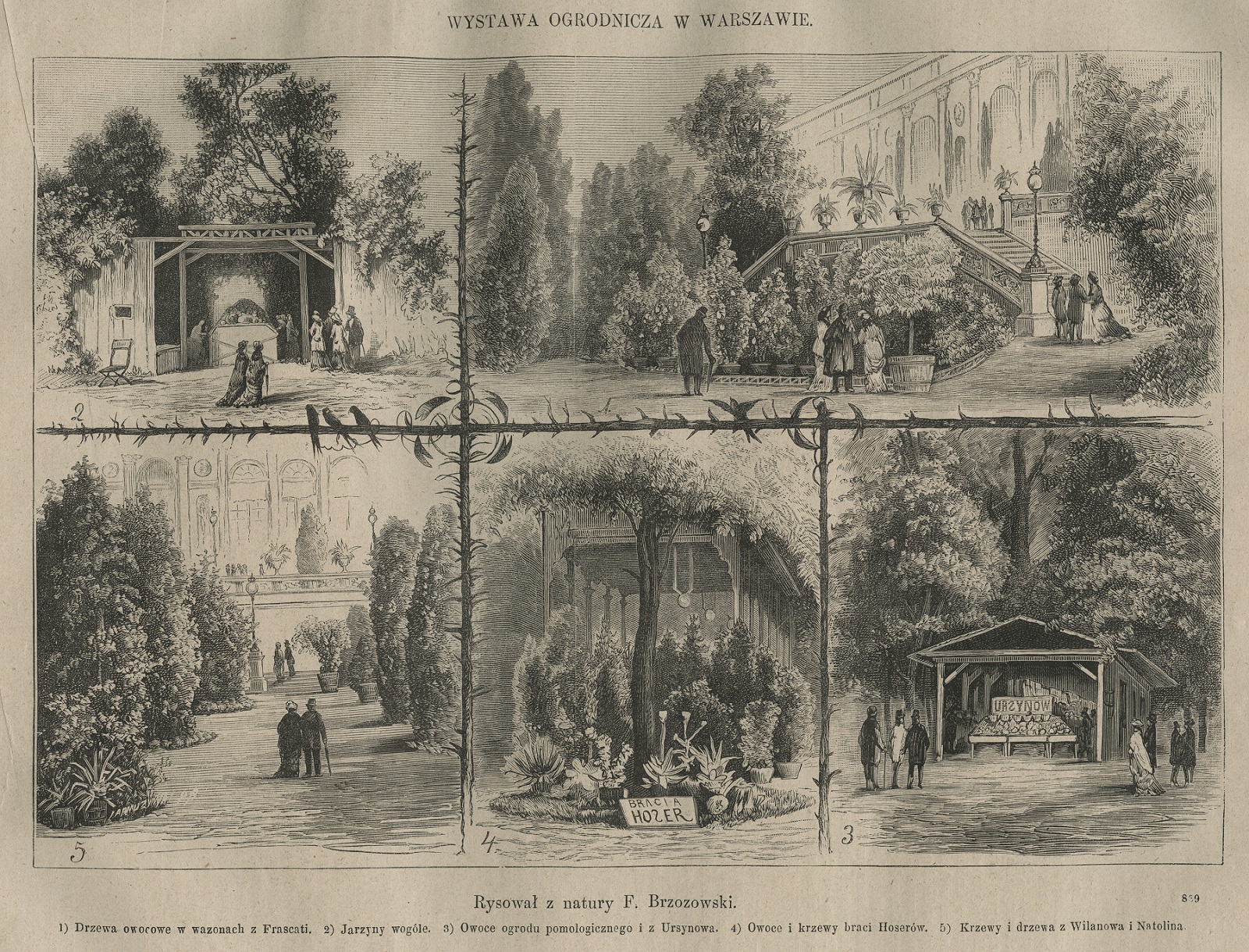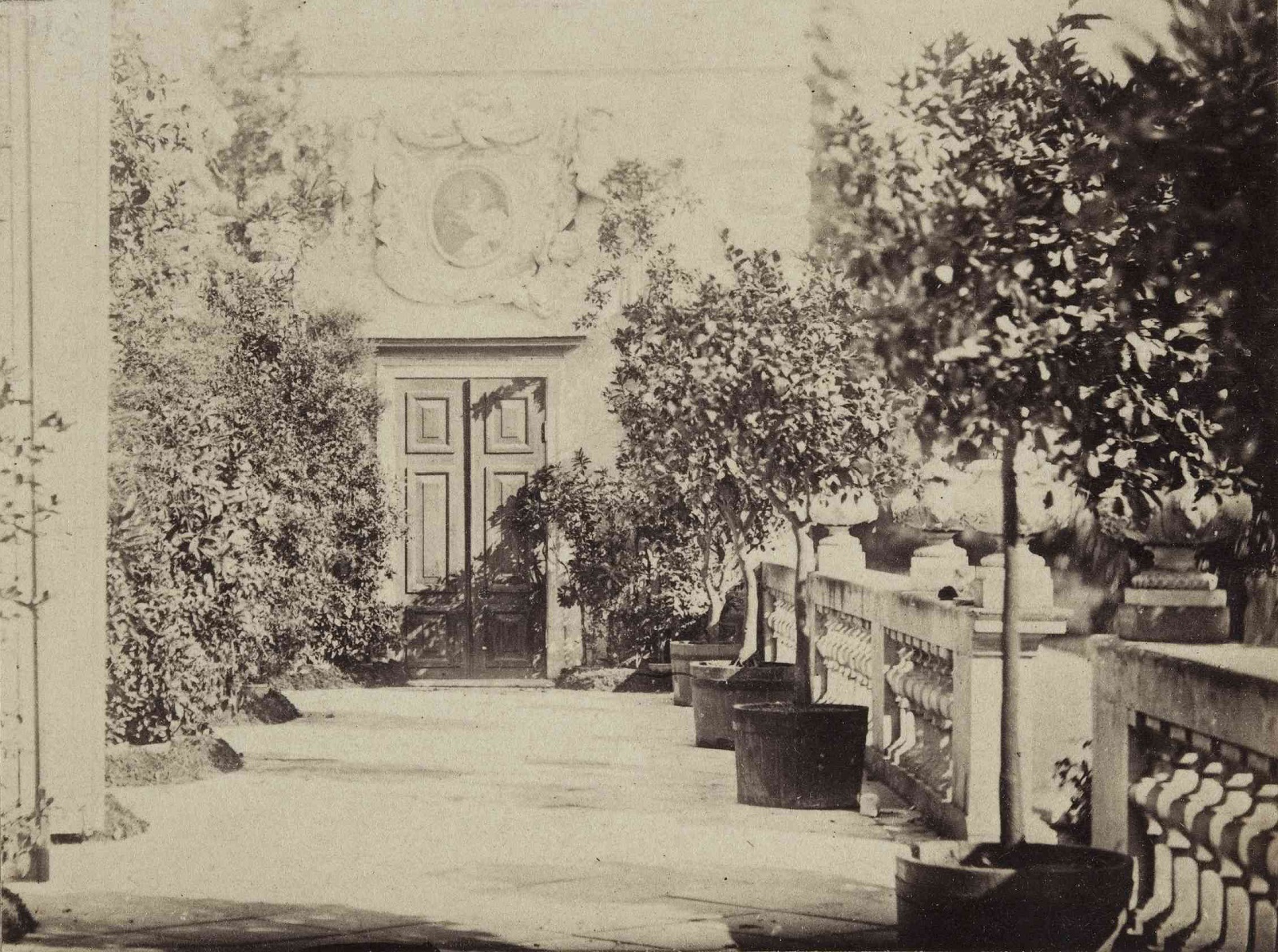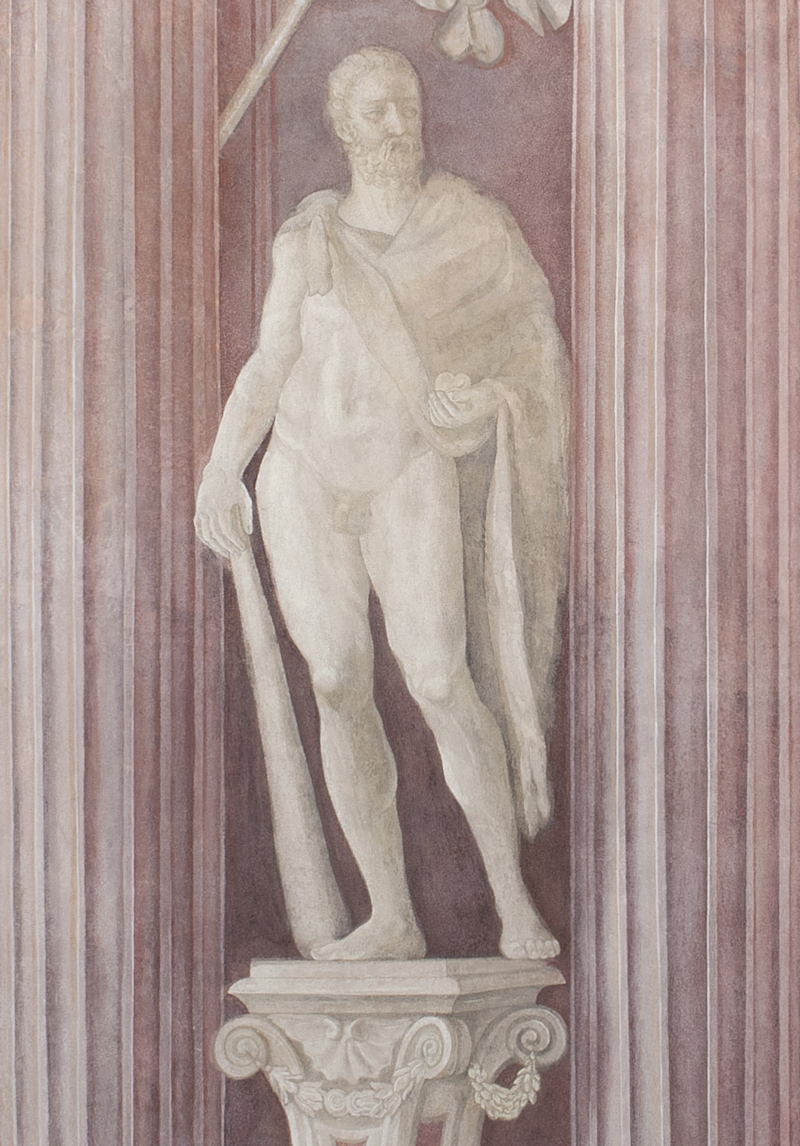The first mentions about lemons and oranges in the Polish-Lithuanian Commonwealth date back to the fifteenth and sixteenth centuries, when these citruses were imported for the royal table on special occasions. They were considered luxury items, just like other exotic wares: figs, almonds, raisins, and nuts. Given its high price, citrus fruit was mostly used as condiment in meat and fish dishes, confitures, and as medicine.
King Jan III liked their taste, and in his letters to Marie Casimire he often asked her to send him some fruit. In his letter of 25 July 1665, he wrote: [...] Lemons, oranges, chestnuts, were they available, please send to me, my honourable, dearest soul [...]. A year later, on 19 May, King Jan III mentions fruit once again, this time placing his trust in his consort’s knowledge: [...] Of the garden matters for the autumn season, please remind me, my most honourable, dearest soul, not only about the flowers, but also about the fruit [...] namely “des poires de Bergamotte” (bergamot orange – author’s note) and others, about which you, my gracious maiden, know and fathom so much more [...]. The precious fruit made an excellent gift for special occasions. After his coronation, Johannes Hevelius made King Jan III a gift of lemons grown in the astronomer’s private garden. The monarch received similar gifts from other Gdańsk patricians, who supplied him with his favourite oysters, as well as sardines, oranges, lemons, and other delicacies.
The graduate increase in citrus consumption, along with the influence of the Baroque gardening art of Western Europe, led to the creation of many exquisite orangeries and exotic plant collections in the Polish-Lithuanian Commonwealth. They stood proof to their owners’ high social status and wealth. The seventeenth and eighteenth centuries marked the golden era for citrus fruit. In that period, citruses were associated with the mythical Golden Age, in particular with the eleventh of the twelve labours of Hercules, which had the divine hero steal golden apples from the garden of the Hesperides.
As such an attribute, citruses became an object of desire for rulers and aristocrats who sought to connect heroic virtues, immortality, and strength with the fame of their own families. King Jan III was dubbed the Polish Hercules (Hercules Polonus) throughout his reign, and the monarch emphasized that in his summer residence in Wilanów as well. The palace decorations include–apart from images of the hero himself–also citrus fruit symbolizing the aforementioned golden apples of the Hesperides. The fruit can be found on the façade, the capitals of the columns in the garden galleries, and inside the Palace, e.g. in the Allegory of Autumn plafond in the Queen’s Antechamber, and the frame of the coving in the Grand Vestibule. Since citrus trees blossom and bear fruit at the same time, and have evergreen leaves, they make for an excellent symbol of eternal spring and fertility. This was an attribute of Queen Marie Casimire, who was often portrayed with citrus trees or orange blossoms.
References to Hercules are found not only in Wilanów Palace decorations, but also in the surrounding Baroque garden, where the citrus collection was put on display. Extant information about the species which had been cultivated here is sparse. The 1684 letters of Royal Secretary Tommaso Talenti mention the ‘Pomum Adami’ lumia (Citrus lumia), called Adam’s Apple, which arrived at Wilanów as one of the plants gifted by the Grand Duke of Tuscany Cosimo III from Florence. In the report on his visit to Wilanów of 12 July 1694, Paradyż Abbot Paweł Sapieha mentions citrons (Citrus medica) and oranges (Citrus sp.), brought by Italian merchant Domenico Comboni, most likely from Italy.
It follows from the listed historical sources and comparative studies that the royal collection boasted several species of citrus fruit, among others: the bitter orange (Citrus × aurantium), the sweet orange (Citrus sinensis), the common lemon (Citrus limon) called “lymon” at the time, not to forget the aforementioned lumia (Citrus lumia) and citron (Citrus medica). These were surrounded by other Mediterranean and exotic plants, such as: pomegranate (Punica granatum), common myrtle (Myrtus communis), laurel (Laurus nobilis), jasmine (Jasminum sp.), and rosemary (Rosmarinus officinalis). King Jan III’s deep interest in gardening and botany may suggest he had a large collection of plants in his possession. The partially preserved book catalogue of the royal library in Żółkiew lists several works about citrus plants: a 1652 treaty by Claude Mollet, the gardener of French kings, titled Théâtre des plans et jardinages, a textbook by agriculturist Olivier de Serres Le théâtre d'agriculture et mésnage des champs published in 1600, and an essay by Italian doctor Ulisses Aldrovandi Dendrologiæ natvralis scilicet arborvm historiæ libri dvo from 1668. Exceptionally interesting is the 1662 work by Polish naturalist Jan Jonston Dendrographias sive historiae naturalis de arboribus et fructibus tam nostri, quam peregrini orbis libri decem figuris aeneis adornati, which offers precise descriptions and illustrations of then-known citrus plants. Perhaps it was based on these books that King Jan III selected species for his garden in Wilanów.
For the winter, the royal collection was moved to the heated orangery situated in the southern part of the Wilanów Palace complex. The wooden building with shallow foundation was erected around 1682. Its estimated size was 18 x 7 metres, amounting to about 130 square metres of plant storage space. As such, the orangery could hold 30 to 50 plants in pots, depending on the size of the trees. The orangery must have had windows on the southern side that provided proper light, and a solid wall on the northern side that protected plants from cold winds. In the aforementioned report from 12 July 1694, however, Abbot Paweł Sapieha noted that the Wilanów orangery had already become too small to hold the entire royal plant collection.
After King Jan III’s death, the citrus collection was maintained, and even increased. In 1702, Prince Aleksander Sobieski bought several orange trees from Italian merchant Domenico Comboni. The trees were then placed under the care of Wilanów gardener Marcin Brodowski. Masonic and carpentry work in the orangery began a year later, and took another two years to complete. When selling the Wilanów estate to Elżbieta Sieniawska, Prince Konstanty reserved Jakub Sobieski’s right to 30 orange trees and movables from the treasury. The new owner of the palace ordered that the royal orangery be demolished in 1724 and founded a new one, three times the size, and thus began a new chapter in the history of the Wilanów citrus collection.
Translated by Katarzyna Bartkowiak
This article has been written as part of the “Citri et Aurea” project carried out in cooperation with the Uffizi Gallery – the Boboli Gardens in Florence, under the patronage of the European Route of Historic Gardens.

